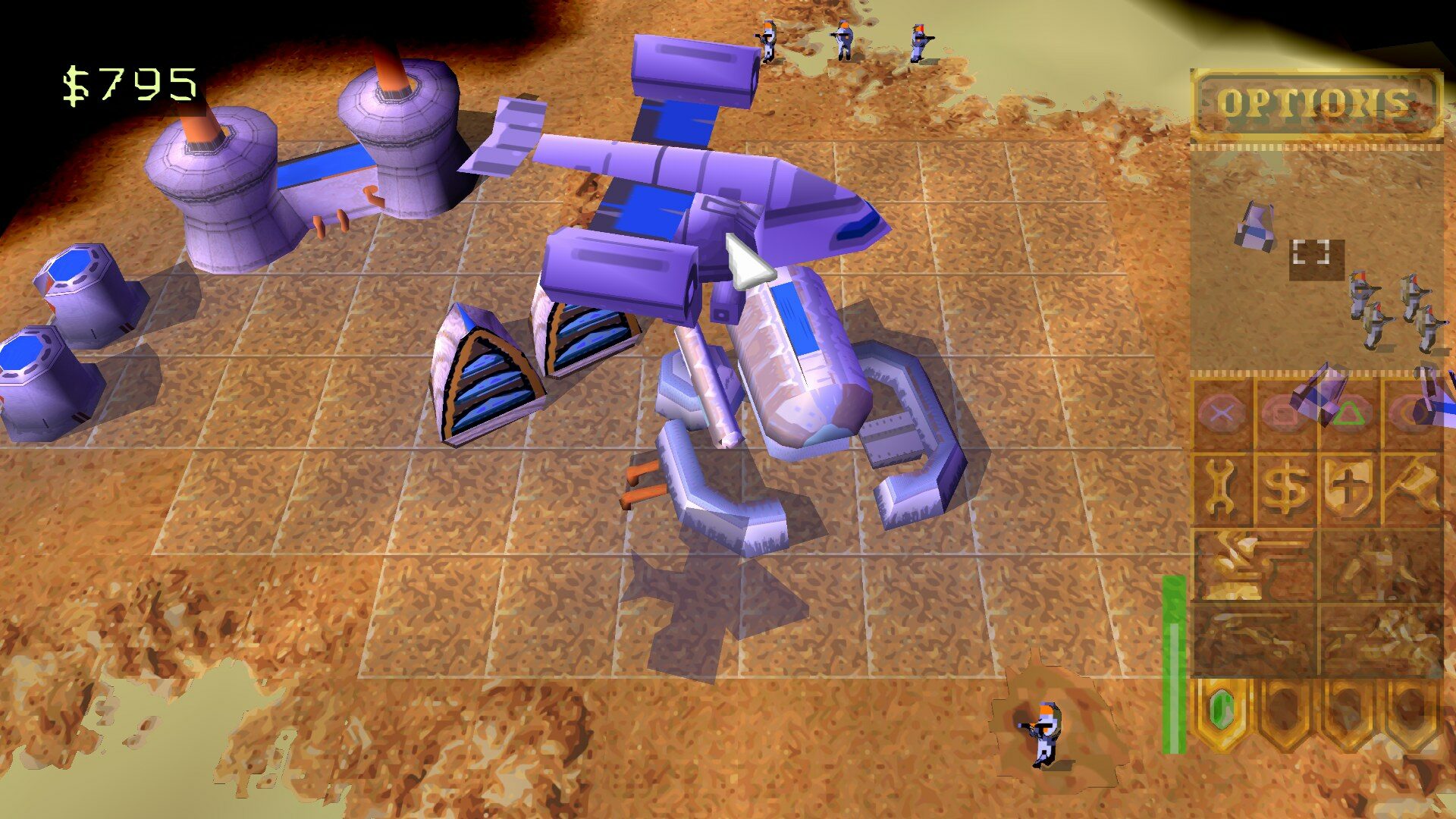
The three Houses also featured new units in their ranks, with new abilities.Ĭriticisms of the game are not as much as that of its predecessor, Dune 2000 but it still suffered from poor AI with the computer controlled player attacking the human player with a similar strategy that can be predicted and thereafter countered effectively. Features of note are the fairly non-linear campaign, featuring randomized events, and the fast pace relative to the earlier Dune games. While having an interface similar to the Command & Conquer series, Emperor: Battle for Dune added enough features - such as a 3D engine and in-battle reinforcements - to provide a change of pace. If enough damage is dealt to a worm (half of the visible health), it will simply disappear. In addition to enemy incursions, the player must also deal with periodic appearances of the sandworm, capable of swallowing vehicles and infantry whole, as well as harsh weather conditions that can deteriorate the structures of the player's base. The basic strategy in the game is to collect spice with harvesters from sand dunes, have it brought back and refined for credits, and to build and purchase military combat units with credits in order to fend off and ultimately destroy the enemy. The player takes the role of a commander of one of three interplanetary houses, the Atreides, the Harkonnen or the Ordos, with the goal of gaining control of Arrakis from the two other houses.

Striking a balance between complexity and innovation, it was a huge success and laid the foundation for Command & Conquer (which was nicknamed Dune III by fans and detractors alike), Warcraft: Orcs & Humans, and other RTS games that followed. As such, Dune II is considered to have originated the real-time strategy genre of today.

While not the first real-time strategy game created, Dune II had a major impact on the genre, establishing the principal concepts which were followed by nearly every RTS since that time. Dune II: The Battle for Arrakis (Mega Drive/Genesis port).Also worthy of mention is the audio track created by Stéphane Picq and Philip Ulrich, released by Cryo (formerly Exxos) on the now extremely rare album Dune: Spice Opera. This version (a mix of the Amiga graphics and the extras of the PC-CD version) was also released on Sega's Mega CD format. Available for the Amiga and IBM compatibles, it was one of the first floppy games to be converted to CD format, which included footage of the David Lynch movie, and highly improved, 3D-rendered travelling and location screens. As the player progresses, his troops are equipped with weapons from " krys knives" to atomics, tap into Paul's latent psychic powers, and get acquainted with such characters from the book as Chani and Liet Kynes.

Loosely following the story of the novel, the game casts the player as Paul Atreides, with the ultimate goal of driving the Harkonnen from Dune, while managing spice extraction, military, and later, ecology through the native Fremen tribes. Dune blended adventure with economics and military strategy, and is considered by many the most immersive Dune computer game.


 0 kommentar(er)
0 kommentar(er)
